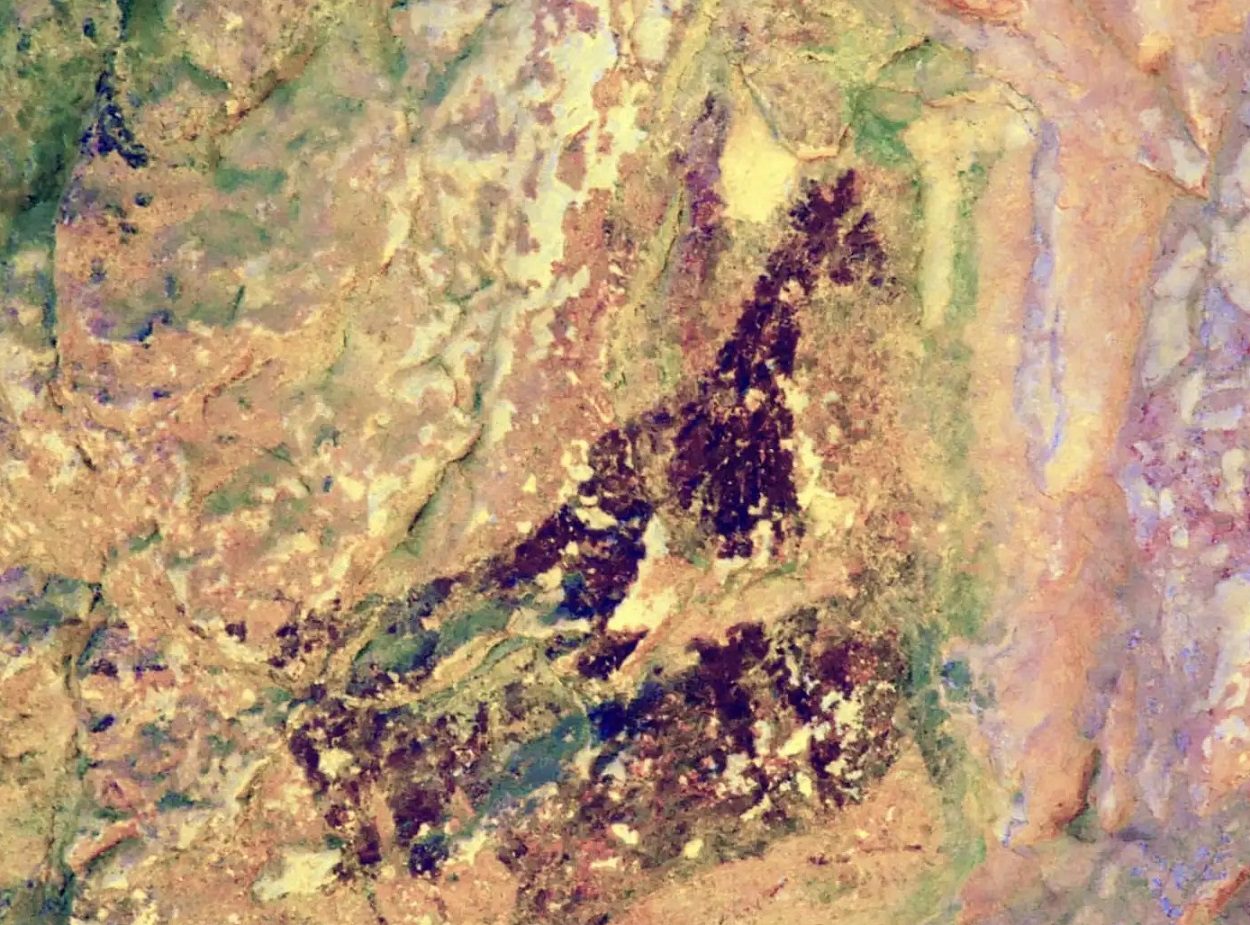Archaeologists from the University of Alicante have discovered cave paintings in Penáguila, Spain.
The team were conducting a drone survey of the Castellet-Barranc del Salt ravine and Port de Penáguila, revealing Neolithic cave paintings from 7,000-years-ago.
The survey is part of a pioneering project, enabling the researchers to study inaccessible mountain shelters by photographing and recording videos of the walls in 18 shallow cavities using small unmanned aerial vehicles (UAV’s).
Two of the shelters contained wall paintings, with the most notable being in the del Salt ravine that contains painted figures of anthropomorphic archers, in addition to depictions of deer and goats, some of which appear wounded with arrows.
The team also found representations in a schematic style that are more difficult to interpret, however, further study of this art form will contribute to understanding how cave art evolved in the region during the Neolithic period.
“The result of using drones has led to the discovery of a new site with prehistoric cave paintings of different styles, which we believe will be very relevant for the investigation,” explained one of the archaeologists and drone pilot, Molina Hernández. “In the coming months we are going to develop a project of systematic archaeological prospecting and documentation of the paintings.”
According to the researchers, the discovery has led to one of the most important Neolithic rock art sites documented in the Valencian Community in recent decades and may be “the beginning of many other discoveries that will occur in the coming years in shelters that have gone unnoticed because they were located in areas with very difficult access,” added Hernández.
The General Directorate of Culture and Heritage of the Generalitat Valenciana has been officially informed about the discovery, and the authenticity and significance of the finding have been verified through the exploration of the cavity, made possible by the collaboration of climbers Alex Mora i Monllor and Natxo Gómez Ors.
Header Image Credit : University of Alicante





